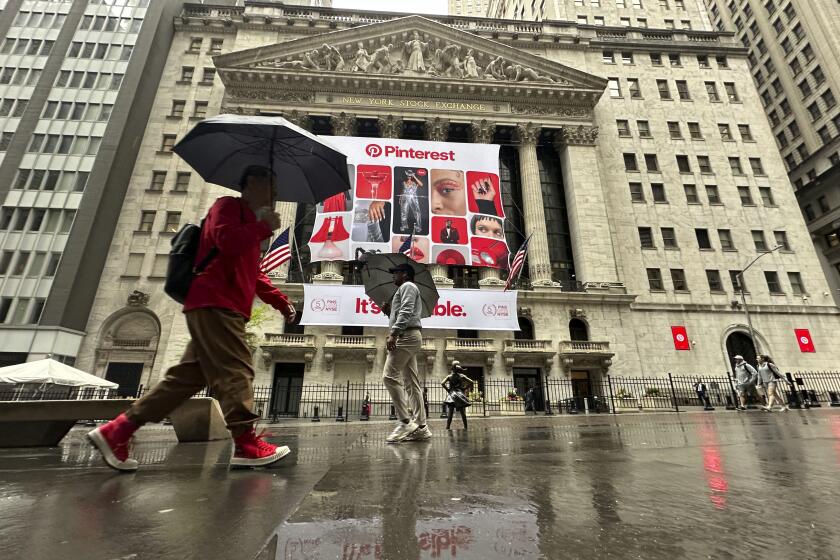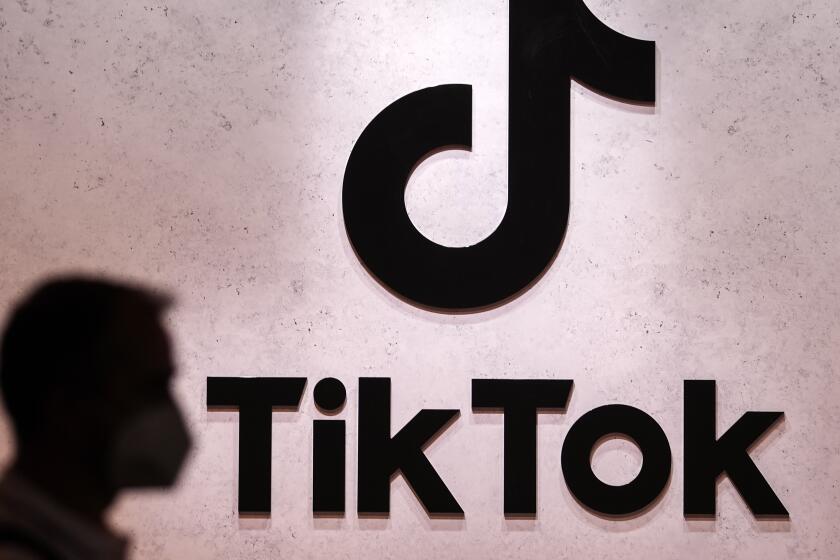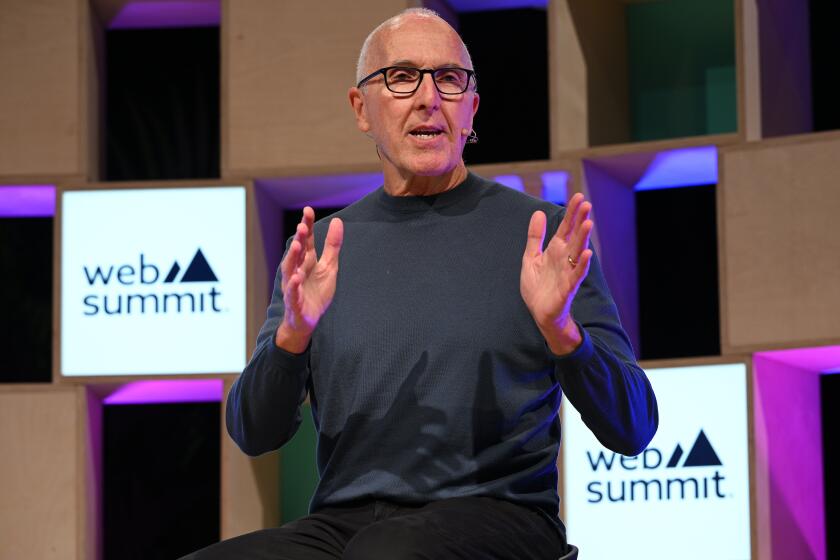Free the Monkey, Keep the $20 and Lose the Ads
We’ve all been through it. We sit at the computer, morning coffee in hand, directing our browsers to the venerable www.nytimes.com. The home page loads the latest news on the screen, ready for our eager eyes. We click on the top story and begin the journey. And just as we’re getting to the good stuff, a few paragraphs in, zoooom!
A digital car drives by, trailed by the Honda logo. Or maybe it’s the Absolut vodka bottle, doing a little interactive dance as you move your mouse over it.
Creative ads, yes, but what are they doing in the New York Times? And on www.washingtonpost.com, www.latimes.com, www.msnbc.com, www.salon.com and virtually every other popular Web site around, news and otherwise? I’ve never clicked on the ads, and I suspect many others haven’t either. Not only are they annoying, they’re ineffective, as their appearance makes me less likely to visit the site again or buy the advertisers’ products. It’s the worst form of marketing -- a blitzkrieg that renders viewers helpless. There’s no way to bypass it, and when it finally ends and allows me to resume my news reading, something’s lost.
As studies show, Web readers like myself scan the news, often perusing just headlines in the interest of saving time. We don’t have 10 seconds to spare on a full-screen AT&T; Web commercial, complete with annoying jingle.
Certainly, Web sites need to cover costs through advertising, just as newspapers and broadcasters do. But TV commercials can be switched off and newspaper print ads that are not of interest can be easily ignored. Why can’t sites just stick to the flashing banner ads that instruct me to “catch the monkey to win $20”? News organizations should be ashamed; www.nytimes.com, which breaks Internet records with its 10 million visitors a month, is the worst offender -- a playground bully that can get away with anything.
Granted, the Web was founded on free exchange, and as the dot-bomb crash proved, making a site profitable is difficult (except, apparently, for pornographers). Yet even these screen-invading ads haven’t helped digital news make a buck. In a survey of 429 newspaper Web sites worldwide, just 17% reported earning a profit.
Some Web news sites, battered by plummeting ad revenue, are starting to charge for access, which only drives readers away. Others have decreased the frequency of the ads because of reader complaints and are thinking of charging users. But the online Wall Street Journal, which recently raised its subscription rate, is losing money despite its 642,000 paying subscribers. So what can be done?
Perhaps news companies should stop separating their digital budgets from their paper and broadcast ones. Or maybe they should take a lesson from the digital Topeka Capital-Journal, which in 2001 reported profit exceeding $500,000, made in part by building Web sites for corporate clients and branding itself as an information center that hosts local mini-sites.
Maybe the only hope for these sites is to make a superior product that attracts the most readers, enabling them to suspend the most annoying ads and charge advertisers premium banner rates. Maybe that’s a daydream, but I need something to think about while the 10-second AT&T; commercial is obscuring the news on my screen.






